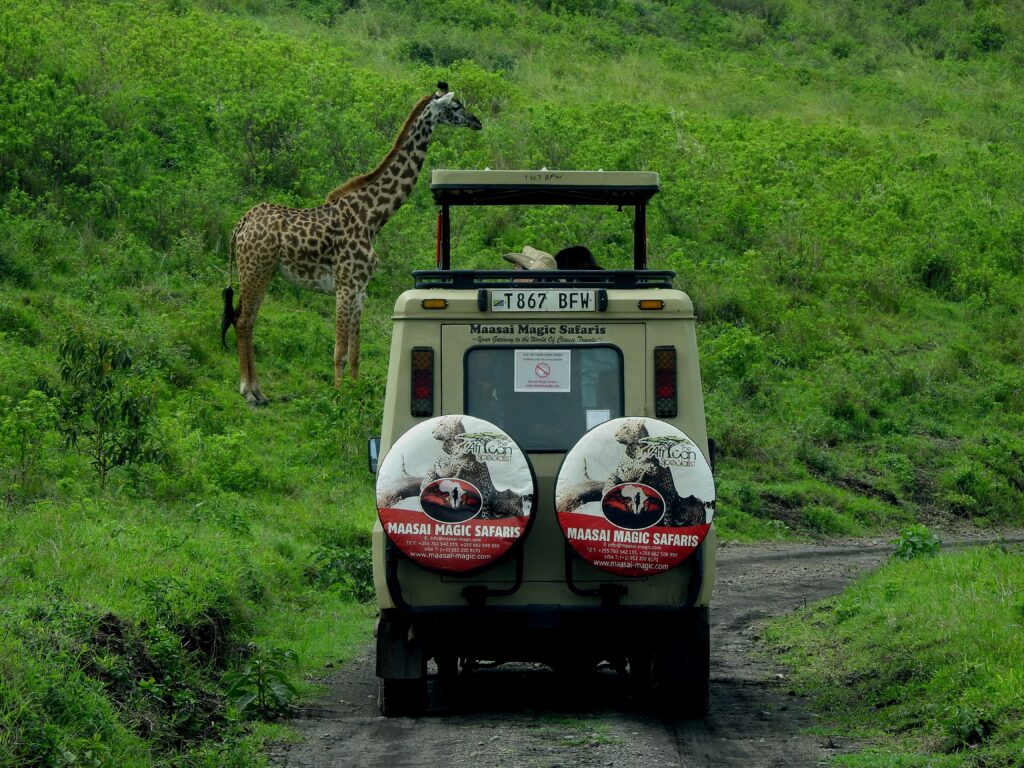The 3 Most Common Trees during Safari in Tanzania

Safari is known to get you closer to nature. Safari is all about getting as close as possible to that which roars and howls. You travel halfway across the world to see or hear these roars and howls. It’s no doubt a very thrilling experience.
But what about the things that do not roar? We mean trees.
While you do a safari in Tanzania, you’ll come across several types of trees that may not roar or howl but definitely stand tall. And they are equally impressive. These trees are a far older life form and are an integral part of Serengeti.
The best Tanzania safari tour operators may introduce you to many such trees. But there’s no harm in knowing beforehand.
Keeping that in mind, here we have come up with a list of trees in Tanzania that you’ll encounter in your safari. These trees not only stand tall but look gorgeous and are an integral part of the ecosystem.
The African Baobab Tree
One of the most common trees you’ll come across during the safari in Tanzania is the Baobab. This tree is native to Africa and is also found in Tanzania. Owing to its appearance, some believe that this tree was planted upside down. There’s also a saying among the African tribes regarding the Baobab. Some tribes believe that the Baobabs were too upright and proud. As a punishment, the gods uprooted them and threw them back into the ground upside down.
These trees are huge and reach a height of 5 – 25 m (16-82 ft.), and the trunks are between 10-14 m (33-46 ft.). The roots of these trees reach far into the grounds, more than their heights and this is the reason that they can survive the dry climate. The Baobab trees have a lifespan of over 1000 years.
Acacia
Acacia is another iconic tree in Africa and you’ll come across a lot of Acacias in your Tanzania safari. So, let’s get familiar with this tree.
The official name of this plant is Acacia tortillis. Commonly known as Umbrella thorn, this type of Acacias is one of the most widely distributed Acacias on the planet. A typical Acacia tree will grow to around 40 ft or 12 m. Some can grow 70 ft high and around 3 ft in diameter.
Acacias are intelligent species in the tree world and can communicate with each other. When animals like giraffes approach an Acacia crown, the trees will release a toxic chemical named tannins. Along with the release of tannins, another chemical named ethylene is released that can travel up to 45 meters to warn the nearby Acacias about the oncoming feeders.
This plant has a wide range of use. The bark of this tree is full of tannins that have long been used for dying. The timber of this tree is largely used for fencepost and firewood.
Kigelia
Kigelia tree is also known as the sausage tree and not without a good reason. The fruits of these trees grow up to two ft long, weigh around 15 lbs, and the appearance of these fruits is that of bratwurst, a German sausage.
Officially known as Kigelia Africana, these trees can grow up to 20 m or 66 ft and there are only one species across tropical Africa.
These trees have a variety of uses. Tribes have been using the fruits of these trees to fight skin infection, burns, etc. Today, they are also being used as stimulators of the central nervous system.
As mentioned the fruits resemble sausages and are enjoyed by a variety of bush animals, including baboons, bushpigs, giraffes, hippos, and elephants. However, the fresh fruits from Kigelia are poisonous to humans.
Safari is all about getting close to nature and knowing the unknown. Though we all look forward to getting close to animals, trees too are of great variety in Tanzania.
Above mentioned are the three most common types of trees you’ll encounter on a Tanzania safari. The best Tanzania safari tour operatorsmay introduce you to these magnificent giants, and you are bound to enjoy the sight of these.